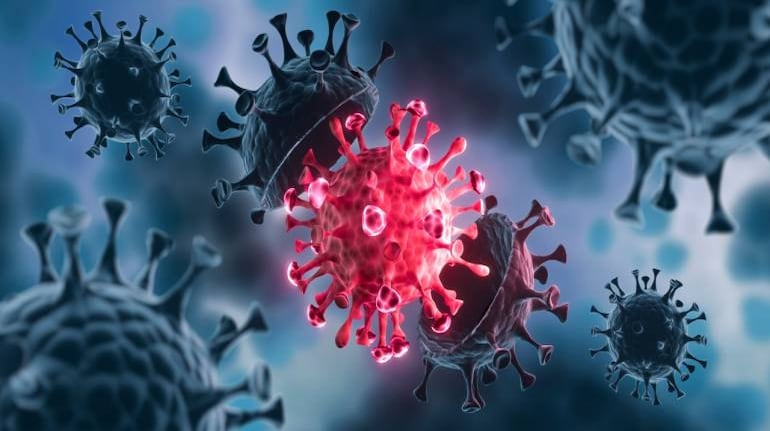Infection
10 things to know about the new & emerging Covid variant Pirola
Pirola shares its origins with Eris, both emerging from the XBB lineage derived from the Omicron strain. (File)
Amidst a resurgence of COVID-19 cases sweeping across the USA, UK, and China, a new and potentially worrisome player has entered the global stage – the BA.2.86 variant, aka Pirola. This variant is causing a surge in infections worldwide, raising alarm bells among health authorities.
Here, we discuss ten essential facts that shed light on the Pirola variant:
1. A Relative of Omicron: Pirola shares its origins with Eris, both emerging from the XBB lineage derived from the Omicron strain. These two variants, Pirola and Eris, have health experts worldwide on high alert. The World Health Organization (WHO) is keeping a close eye on their behaviour.
2. Uncertain Severity: The true extent of Pirola’s danger remains shrouded in uncertainty, primarily due to the limited number of samples available for analysis. As of now, only nine samples of the BA.2.86 variant have been received, a mere glimpse into the potential scope of this new threat.
3. Potential for Breakthrough Infections: Early indications from the CDC assessment suggest that Pirola, or BA.2.86, might have a higher affinity for infecting individuals who have either previously contracted COVID-19 or have been vaccinated against it. This raises concerns of a more substantial potential for breakthrough infections compared to earlier virus strains.
4. A Global Phenomenon: Reports of the Pirola variant have surfaced from multiple corners of the globe, including Denmark, South Africa, the US, UK, and Israel.
5. Emergence and WHO Designation: Pirola first appeared on the radar on July 24, 2023, and has quickly earned the WHO’s classification as a “variant of interest.” This designation stems from its extensive mutation profile, surpassing that of previous variants.
6. Immune Evasion Concerns: The significant mutations within Pirola’s spike protein have raised valid concerns about its potential to evade immunity. Existing vaccines and prior COVID-19 infections may provide reduced protection against this variant compared to earlier strains.
7. A Bounty of Mutations: Timothy Murphy, MD, of the University at Buffalo Jacobs School of Medicine and Biomedical Sciences, highlights the alarming fact that Pirola boasts over 35 amino acid changes in its spike protein, a stark contrast to the recently prevalent XBB.1.5 variant upon which COVID-19 boosters are based.
8. Higher Breakthrough Risk: With a spike protein adorned with numerous mutations, vaccine and previous infection-induced protection may falter against Pirola, warns infectious disease specialist William Schaffner, MD.
9. Symptoms and Impact in India: Dr. Kuldeep Kumar Grover, Head of Critical Care at CK Birla Hospital, Gurugram, notes that both Pirola and Eris spread via droplets. Symptoms associated with Pirola include rashes, conjunctivitis, and diarrhea, while Eris infections present with more familiar symptoms like fever, cough, shortness of breath, fatigue, muscle aches, headache, loss of taste and smell, and sore throat.
10. Vaccines Evolving in Response: As India and the world exercise caution, vaccine manufacturers are adapting to the ever-evolving viral landscape. While the efficacy of previously administered vaccines may see a slight dip due to the mutating strains, they still remain an effective defense against the virus.
In the face of Pirola’s emergence, vigilance, adaptability, and a commitment to public health remain paramount.

